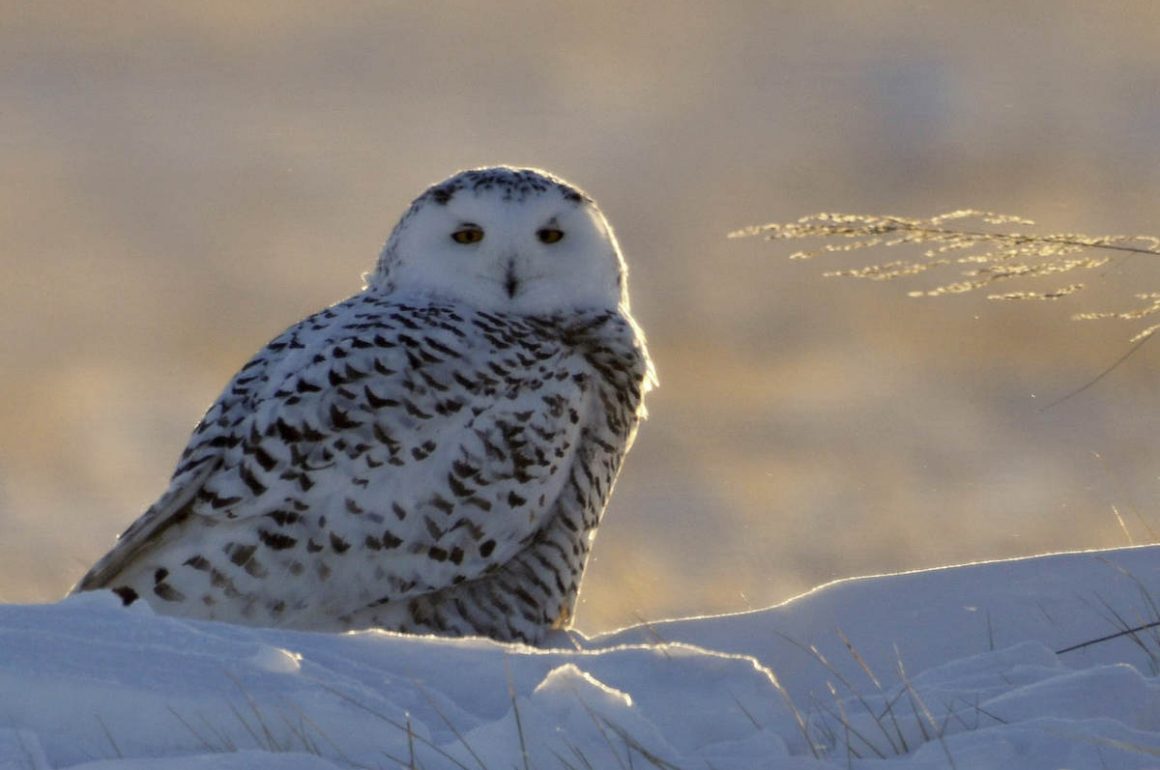
(Note: this post refers to a trip I took a long time ago, in 2015. Still, after I used modern software to turn the originally black-and-white photos into colored ones, some of them may still be worth looking at).
(Second note: Inner Mongolia has a land area larger than that of France and Germany combined, and I only spent one week there. So, to claim that I birded Inner Mongolia is a massive exaggeration. Then again, a certain local baseball tournament is named the “World Series”, so this kind of exaggeration seems to be widespread).
(Third note: no more notes. Let’s move to the birds).
Like many other species, the Chinese Nuthatch is expected to be affected by climate change. For this and a few other species, a 2003 paper tries to estimate this effect and concludes that depending on which of two scenarios will occur, the range reduction will be 79.8-80.4% by the years 2040-2069 – rather too exact figures and covering too narrow a range, if you ask me, which I am sure you do not plan to.
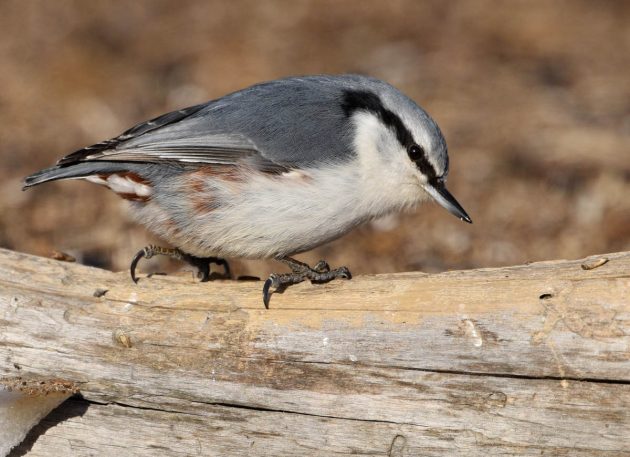
Like my mother, the Chinese Nuthatch habitually hoards food (HBW).
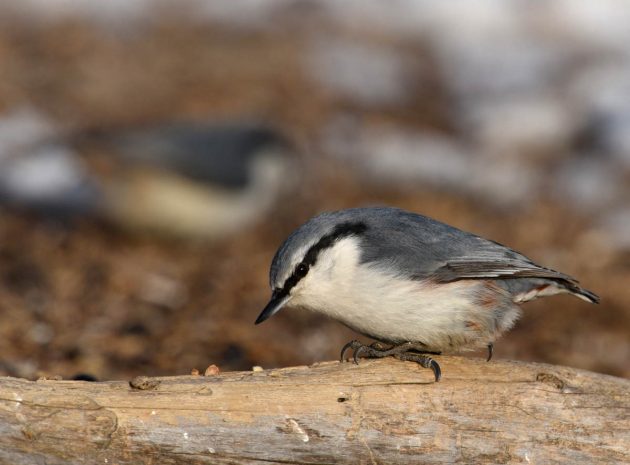
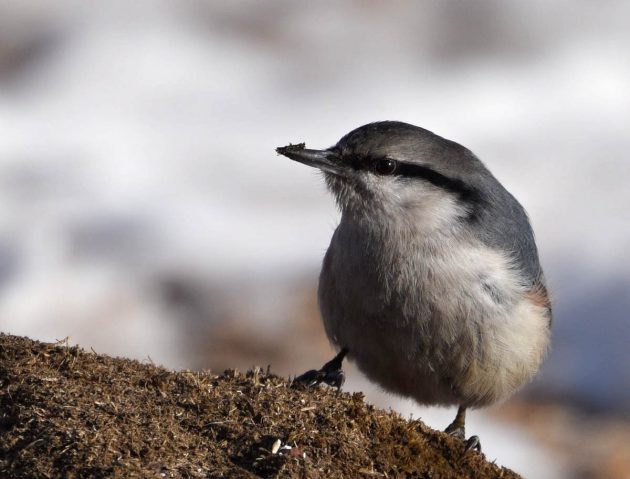
Common Redpolls are a bit like people in keeping a somewhat greater distance between males (HBW): “Individual Distance – For captive birds tested at feeders, individual distance between feeding males about 10 cm; between male and female about 7 cm; between females about 4 cm”. Pat Fish of The Jazz Butcher, who sadly passed away in October 2021, remarked as much in the liner notes to the anti-macho anthem “Real Men”: “Some things never change. Notice how they never sit together on buses?”

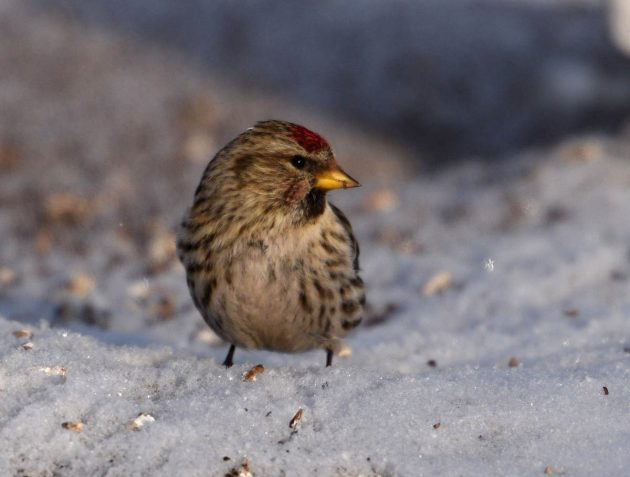
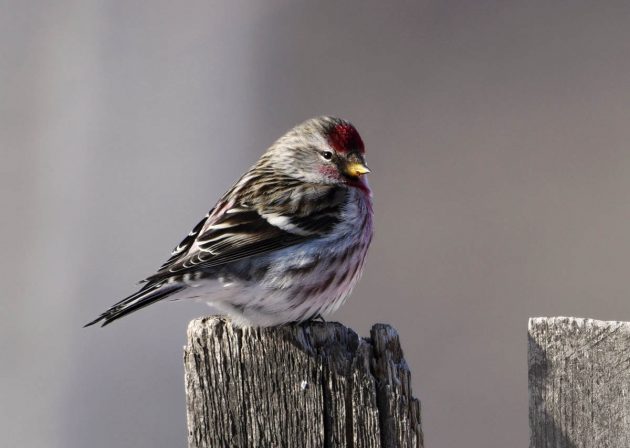
The range of the Eurasian Bullfinch stretches from Iberia to Siberia – and that means that I have seen it in my parents’ garden in Germany as well as here in Inner Mongolia. Always nice, for some reason. A bit reminiscent of the fable of the hare and hedgehog, with me as the hare (I guess) due to my use of planes etc., but without the bitter taste of losing a race.
Surprisingly, the moral of the story (as cited by the Brothers Grimm) includes one aspect that I had never considered:
“The moral of this story is, first, that no one, however distinguished he thinks himself, should make fun of a lesser man, even if this man is a hedgehog. And second, when a man marries, it is recommended that he take a wife from his own class, one who looks just like him. In other words, a hedgehog should always take care that his wife is also a hedgehog, and so forth.”
So, while the first moral seems to be quite acceptable by today’s standards, the second one is surprisingly non-pc. Not that this was a big concern of the Brothers Grimm at that time though, I guess.
One difference between the hedgehog in the fable (in which the hedgehog husband tells his wife what to do) is that according to the HBW, in bullfinch couples, the female is dominant.
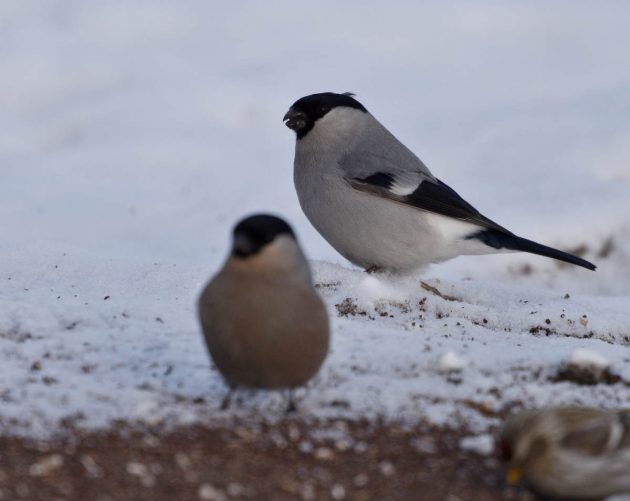
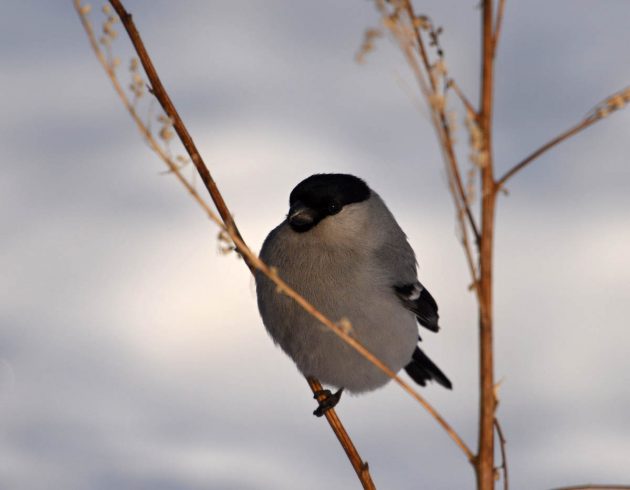
Given that the Great Spotted Woodpecker can also be seen in Shanghai, it was hardly necessary to pursue it in Inner Mongolia at -20 degrees Celsius.
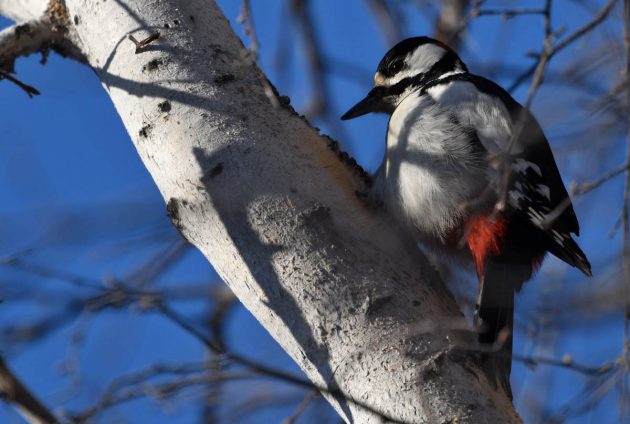
This applies even more so to the Eurasian Tree Sparrow.
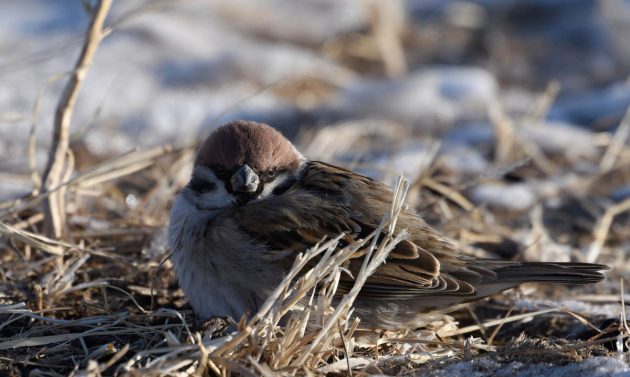
Hazel Grouse are not easy to see despite not moving around much in their lifetime – according to the HBW, “in Russia, 88% of recoveries within 500 m of ringing site”.
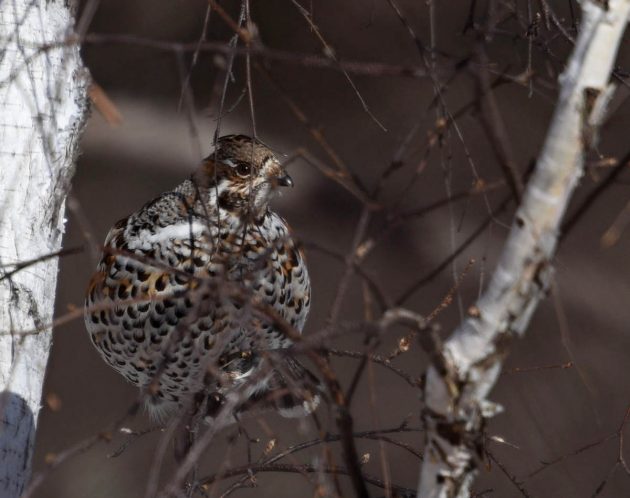
For most people, the main reason to come to Inner Mongolia in winter is to see owls. Particularly the Snowy Owl which I will show at the end of this post, but also a few others: the Little Owl (always a favorite of mine) …
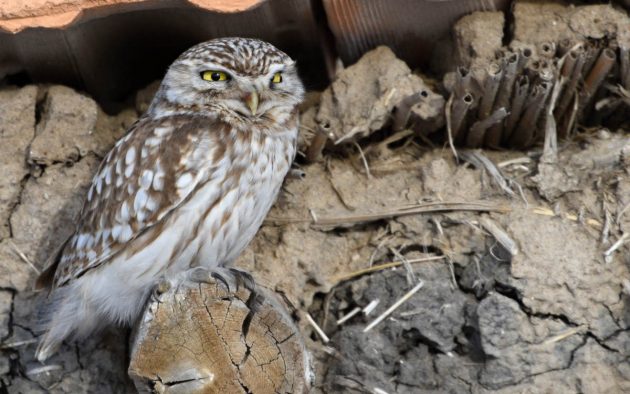
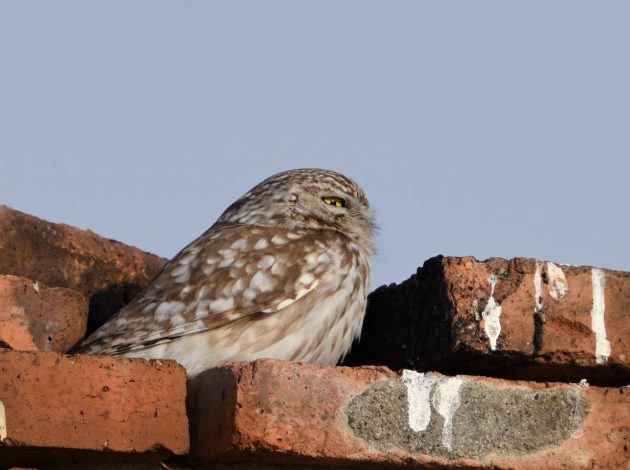
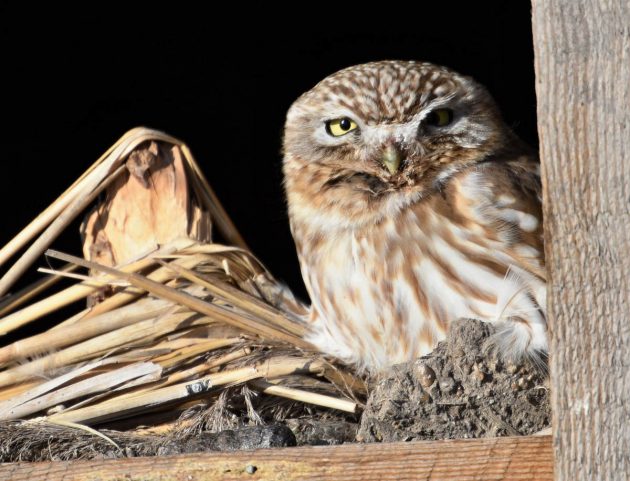
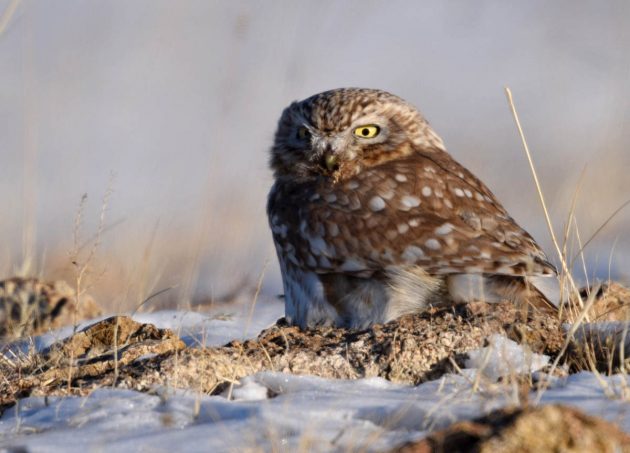
… Long-eared Owl …
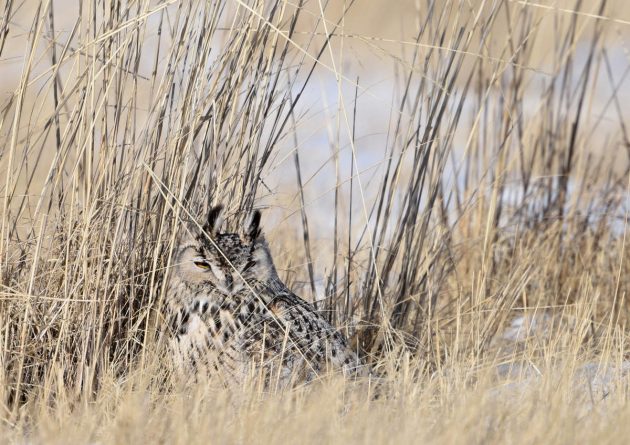
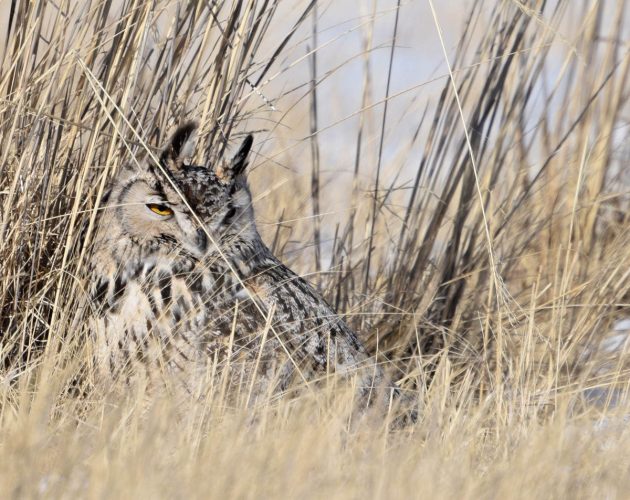
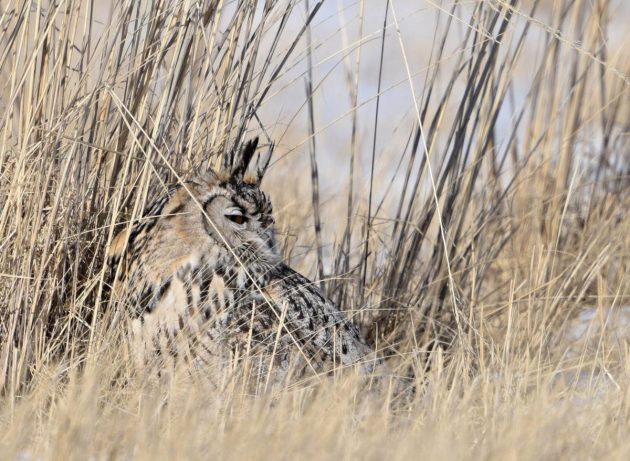
…. and the magnificent Northern Hawk Owl.
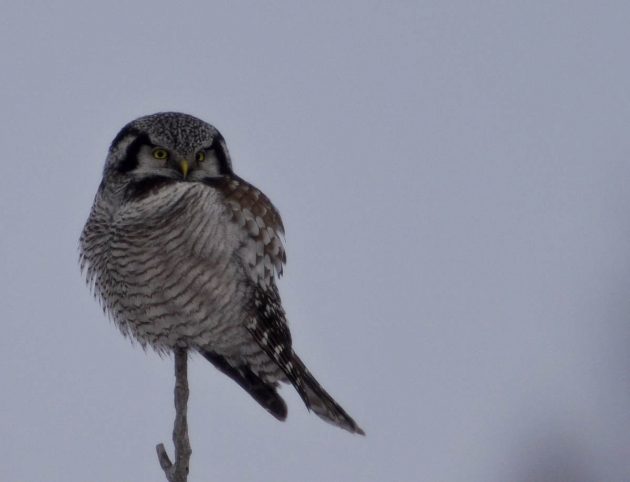
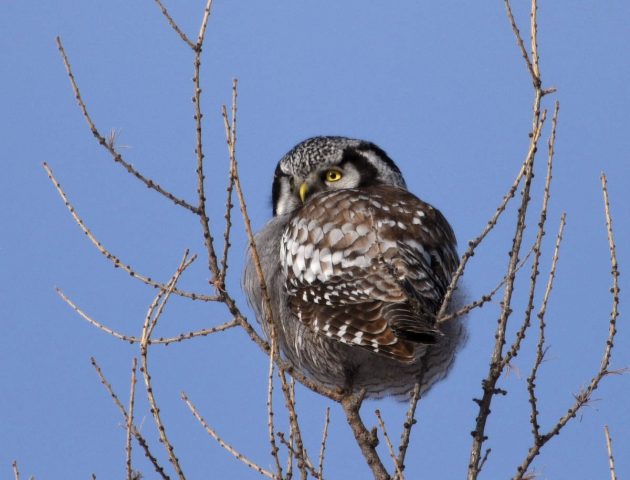
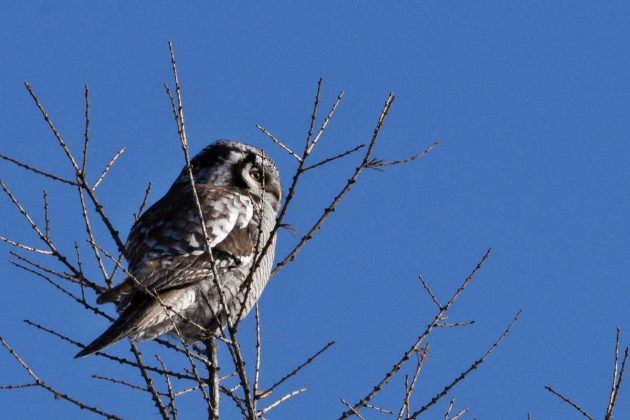
The Marsh Tit unfortunately looks a little bit like a rather horrible German politician/dictator. According to an apocryphal story, the painter later turned politician once painted a watercolor of this innocent bird and liked the appearance so much that he copied it for his own style. But I am almost sure that this story was just made up by a blog post writer running out of ideas.
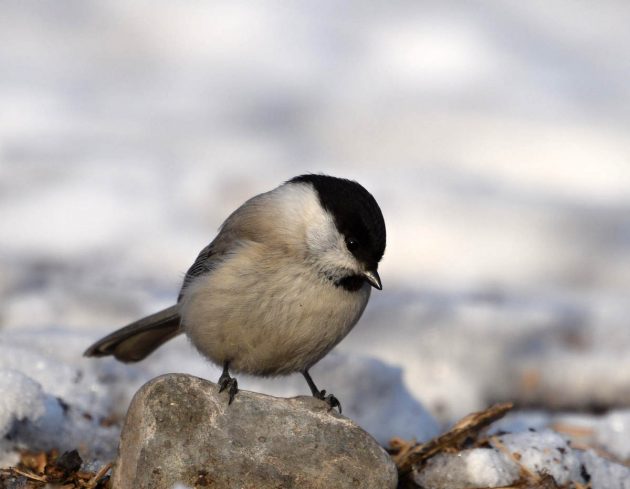
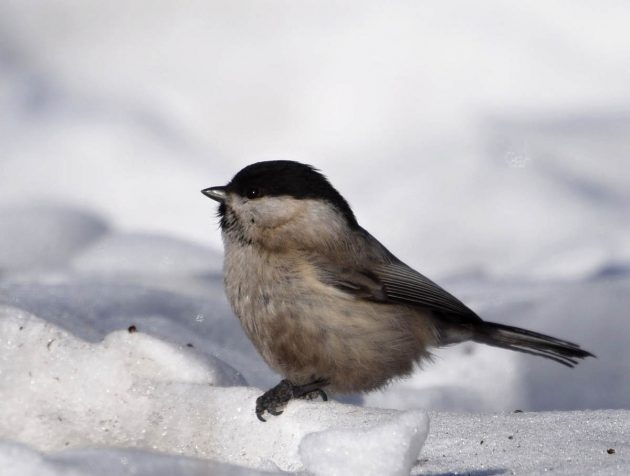
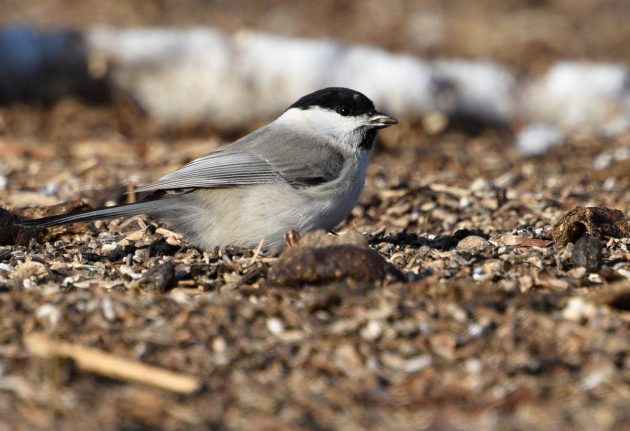
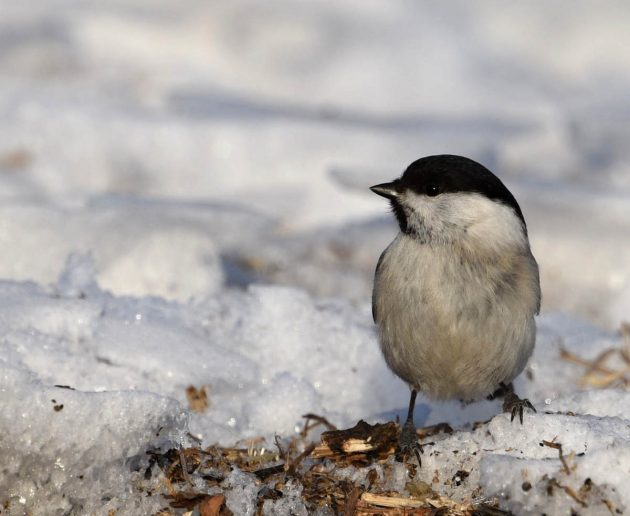
The common rosefinch around here is the Pallas’s Rosefinch, though there are also some others. The species is named after Peter Simon Rosefinch – no, that is wrong. It is named after Peter Simon Pallas, a German zoologist. Wikipedia has the usual bits of trivia about him including the tantalizing sentence “Between 1793 and 1794, Pallas led a second expedition to southern Russia … He was accompanied by his daughter … and his new wife, an artist, servants, and a military escort.” Quite a difference from me traveling either alone or with a single tired bird guide …
Sadly, the species is not named after Pallas Couture despite the alluring statement on their website that “Pallas Couture is a world-class luxury bridal and eveningwear house renowned for encapsulating femininity, romantic elegance and an alluring sensuality within each design.” If you order anything from them through this website, I will get a commission.
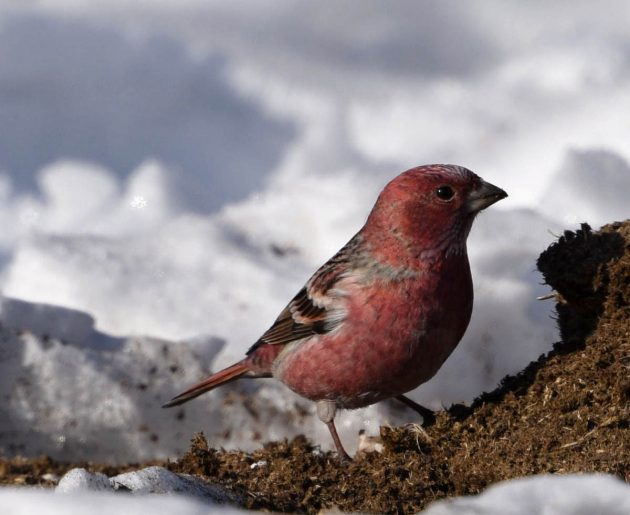
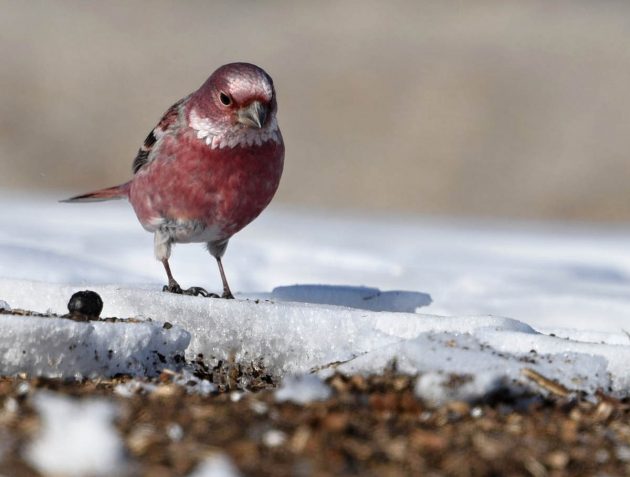
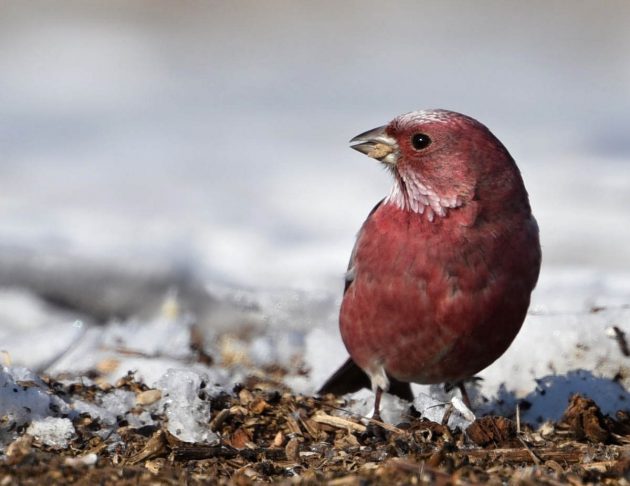
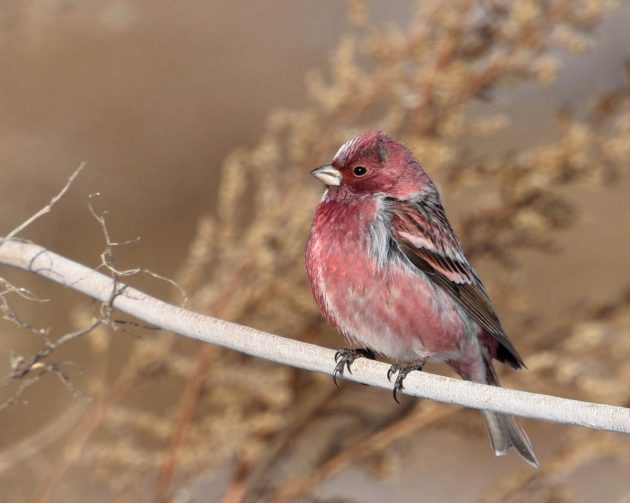
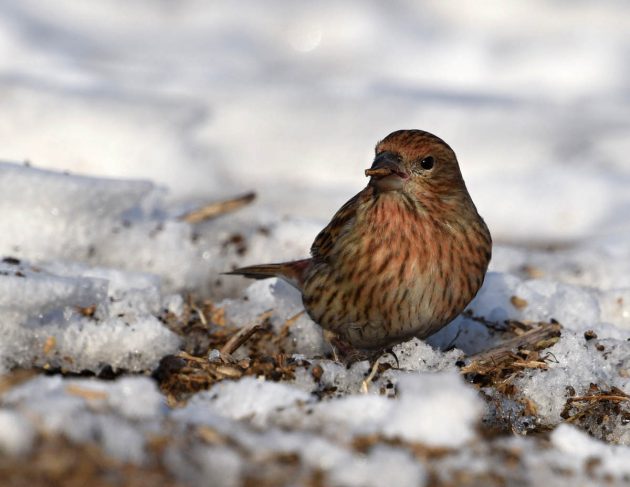
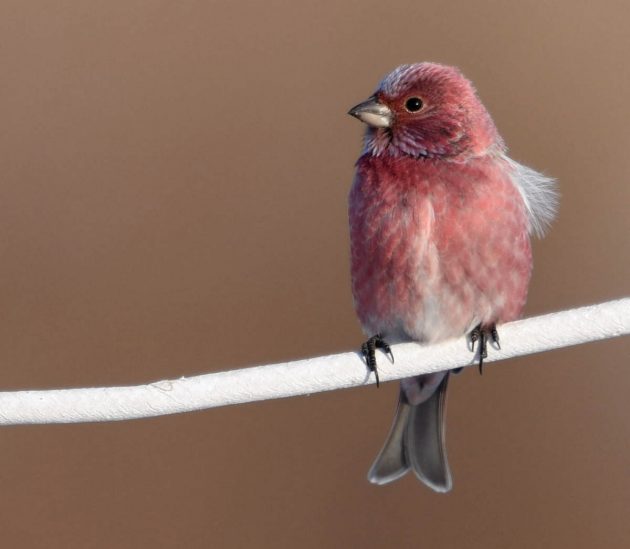
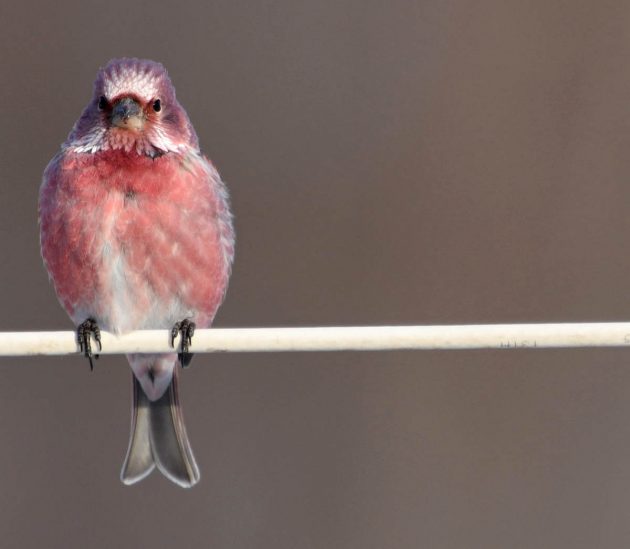
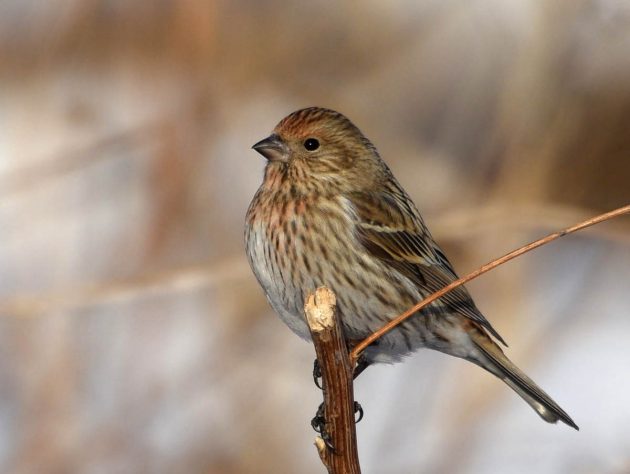
Apparently, female Rough-legged Buzzards on average winter further north than males, which makes sense as they are on average larger and heavier, and thus should be somewhat better adapted to lower temperatures (see the Wikipedia entry on Bergmann’s Rule for more information).
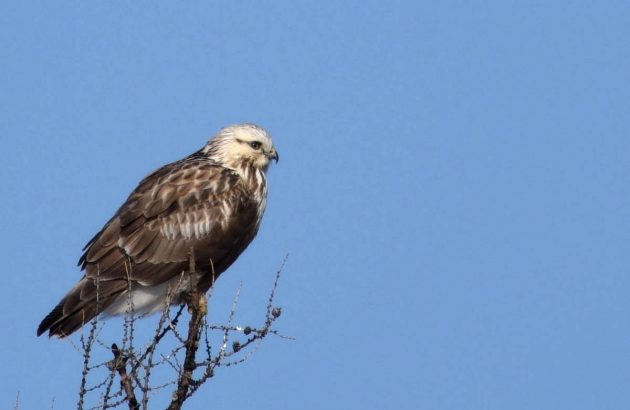
Of course, seeing the Snowy Owl would alone be sufficient reason to cover this trip in a blog post. And no, I have not read Harry Potter (nor seen the movie), nor do I intend to.
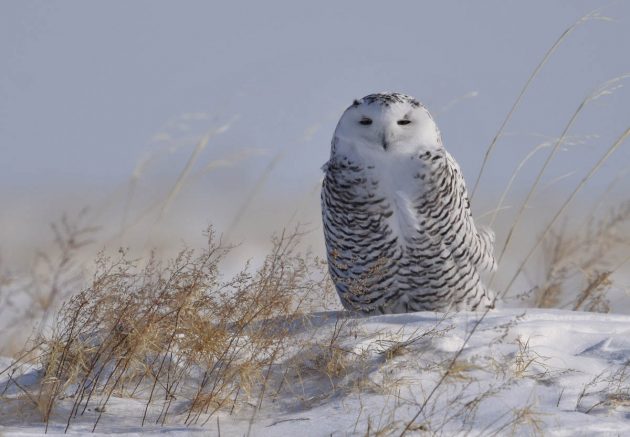
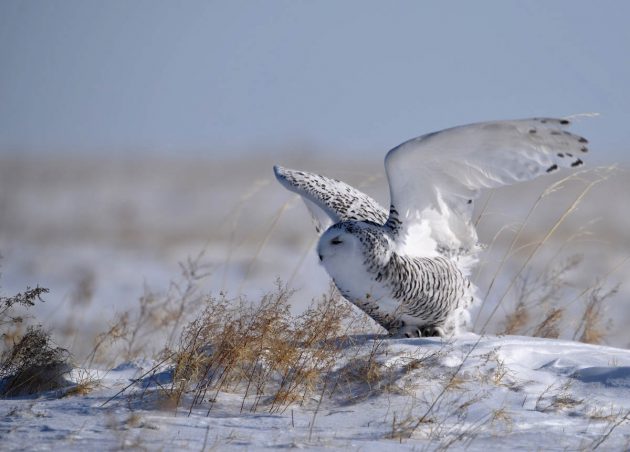
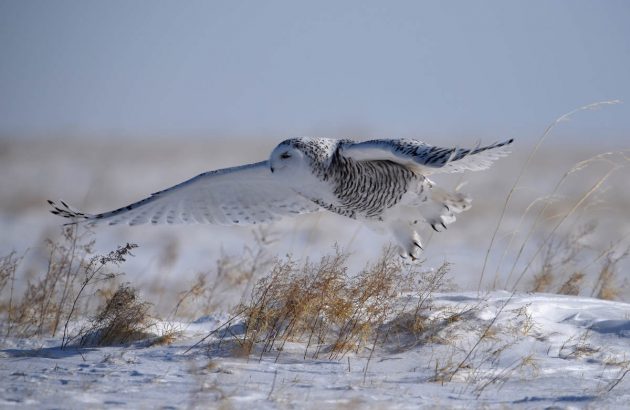
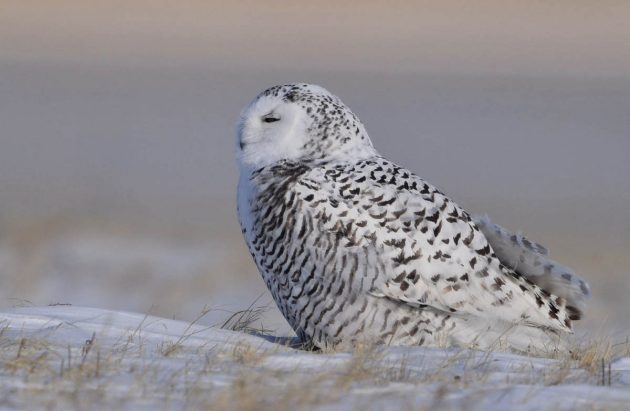
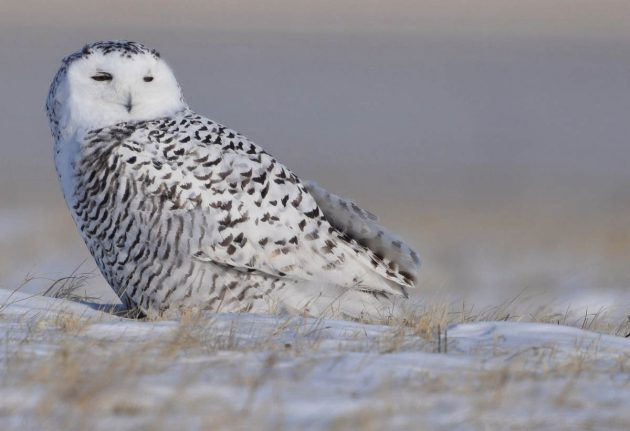
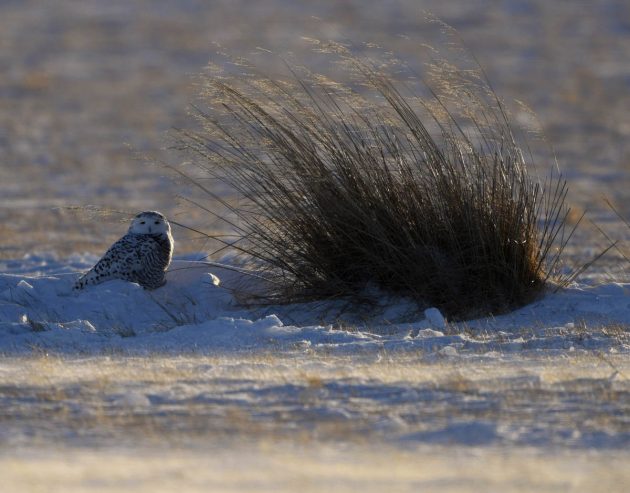
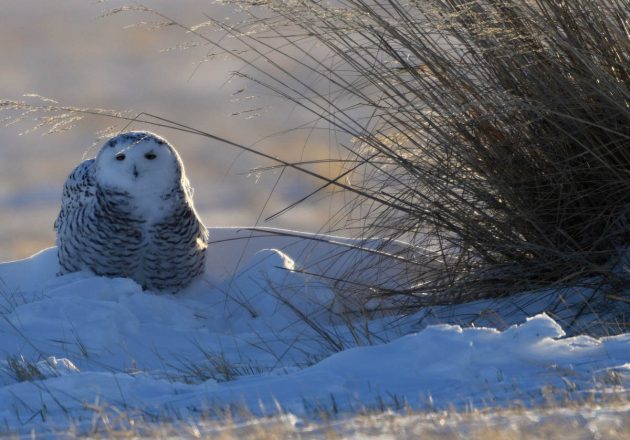
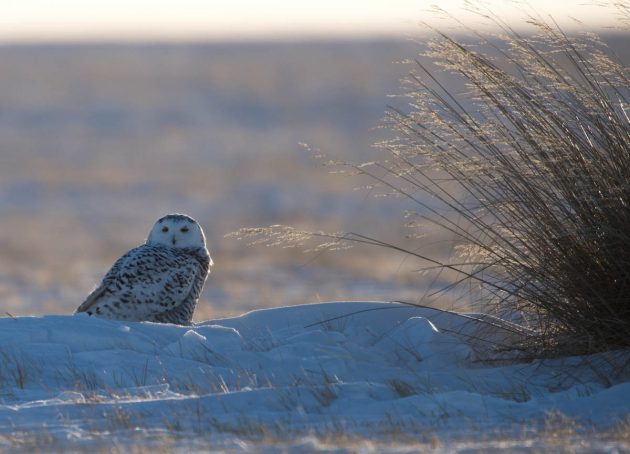
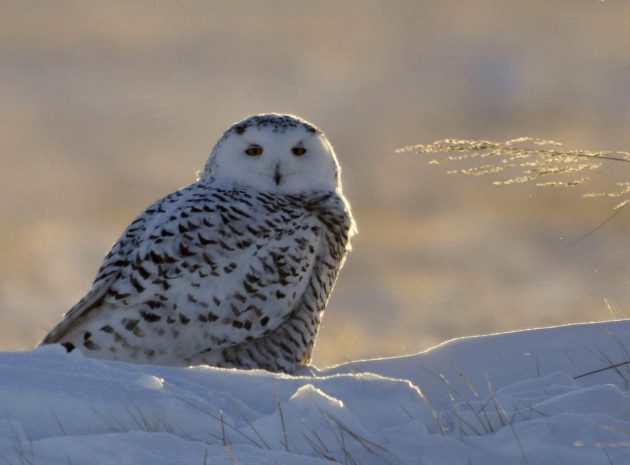
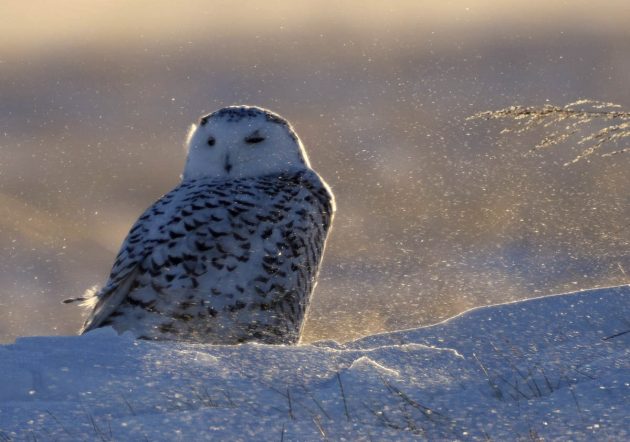
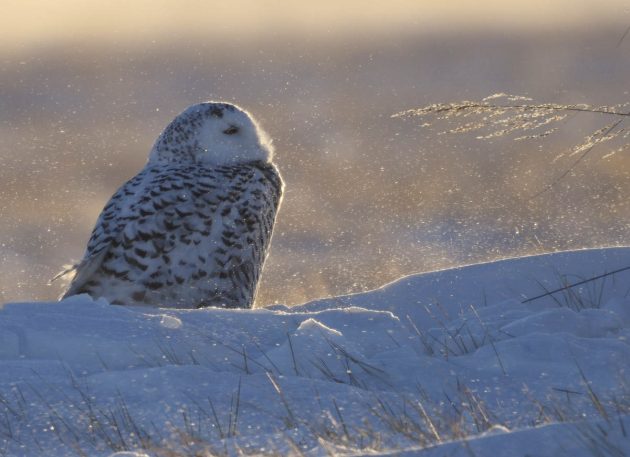
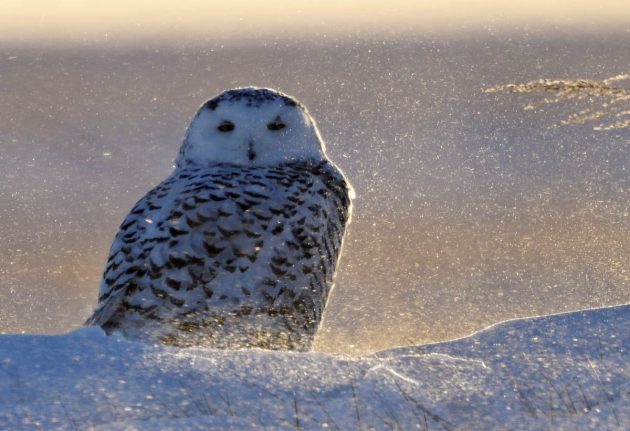
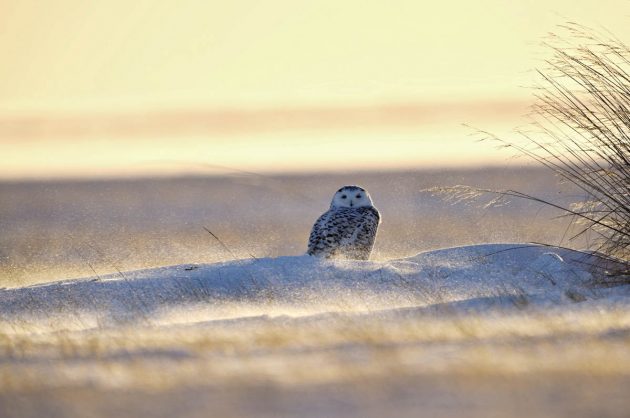
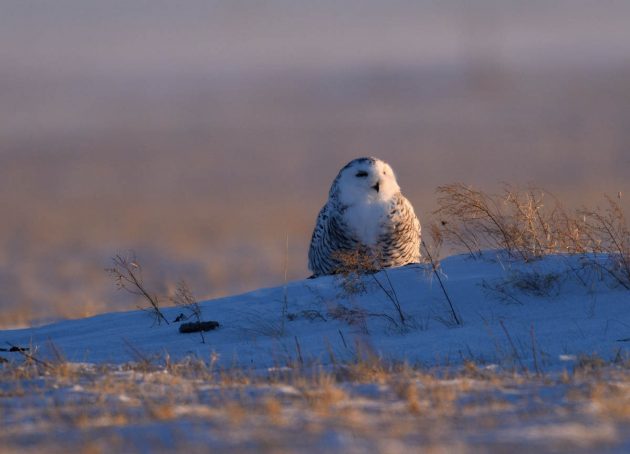
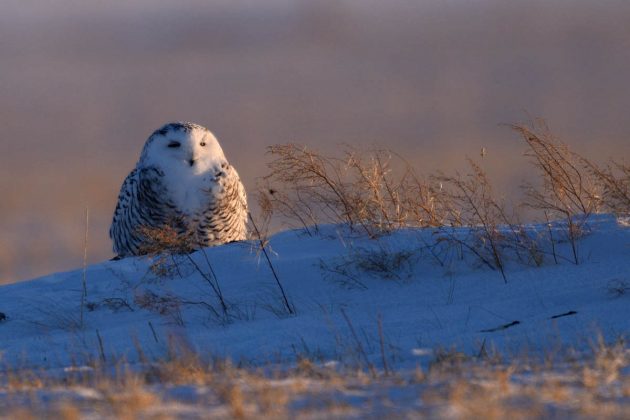
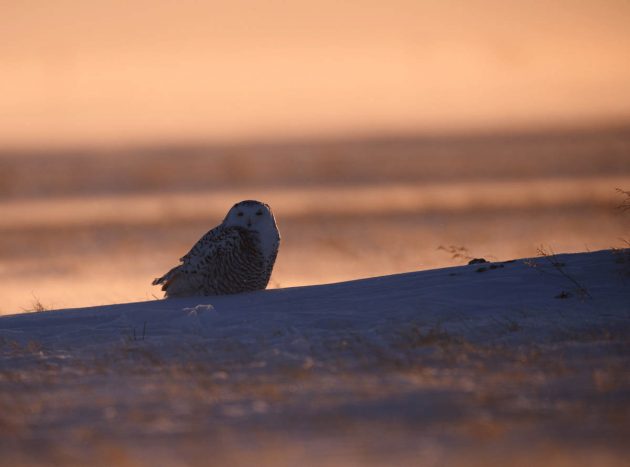
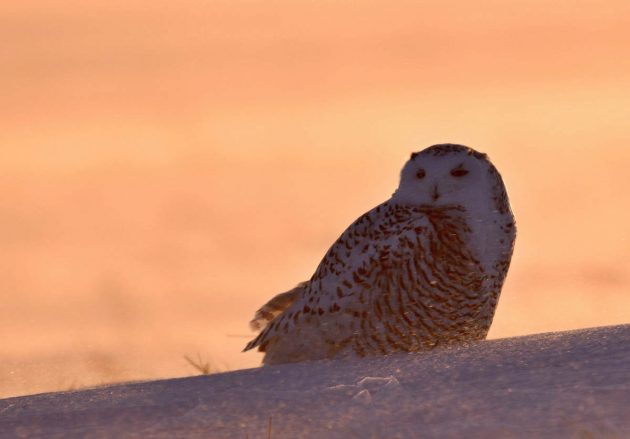
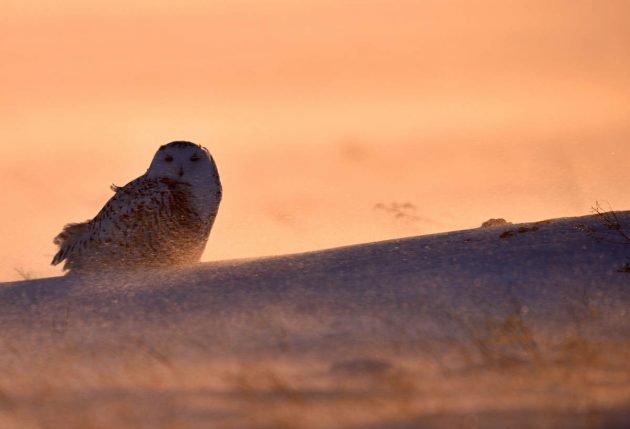
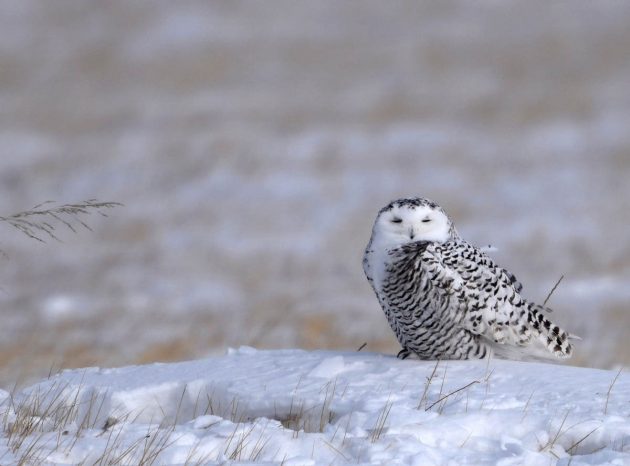
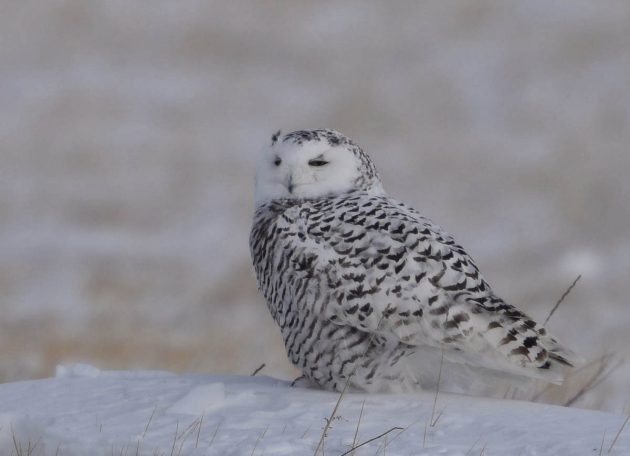
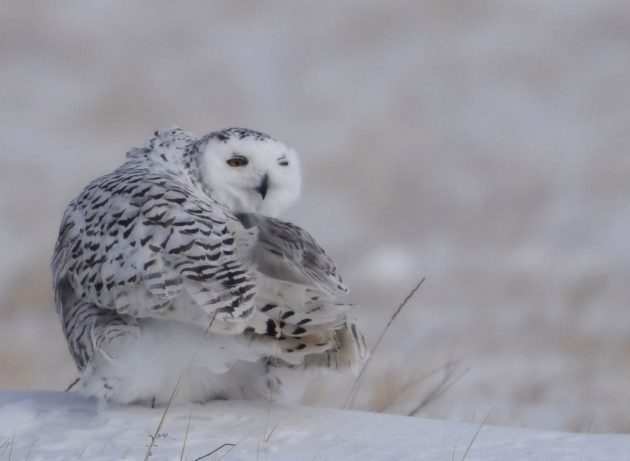
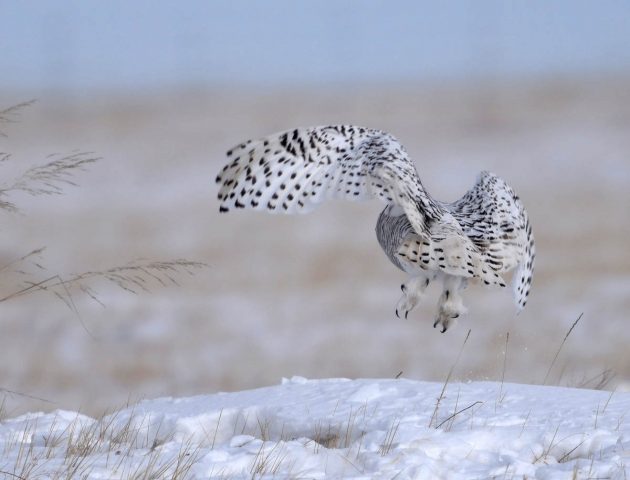
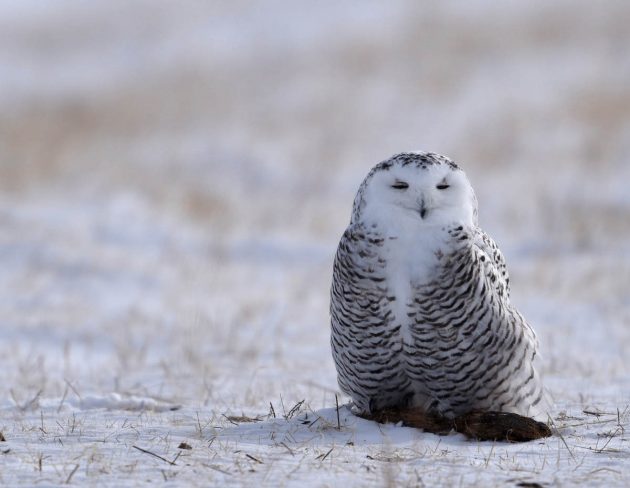
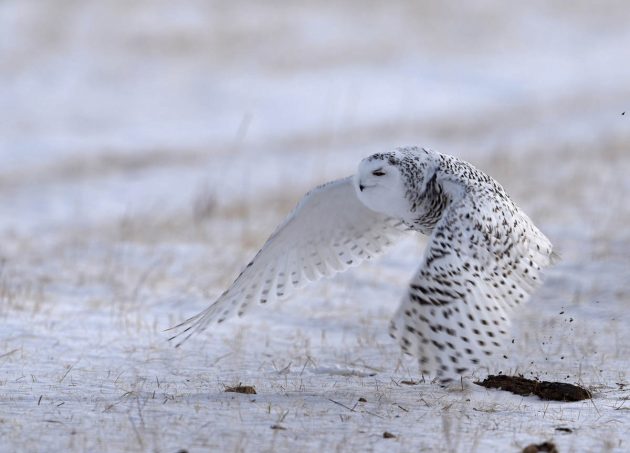
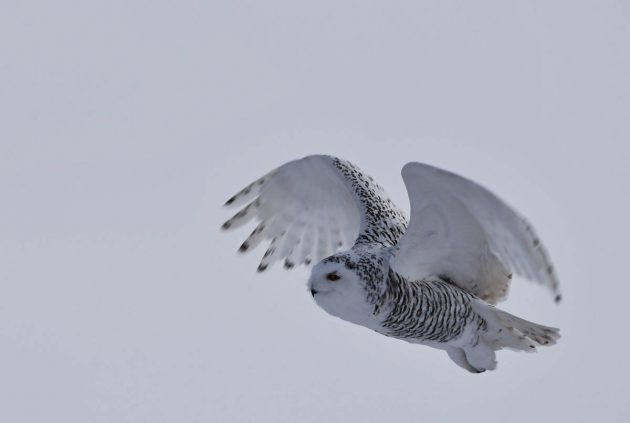
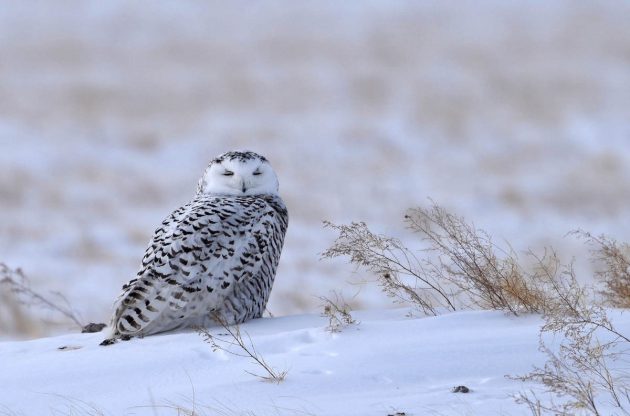
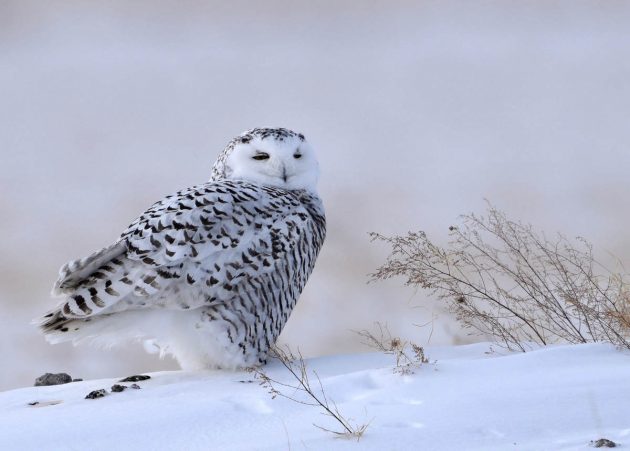
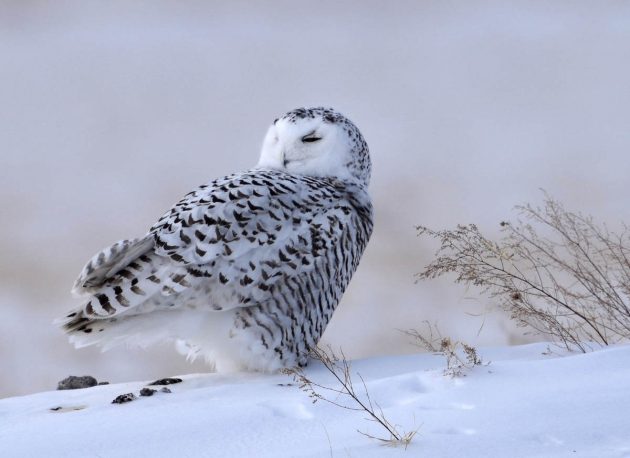
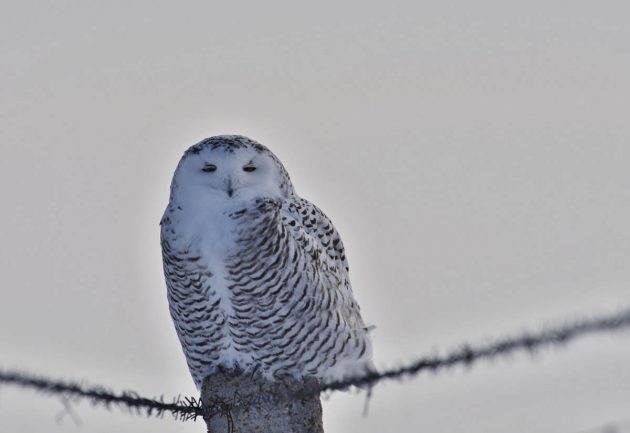
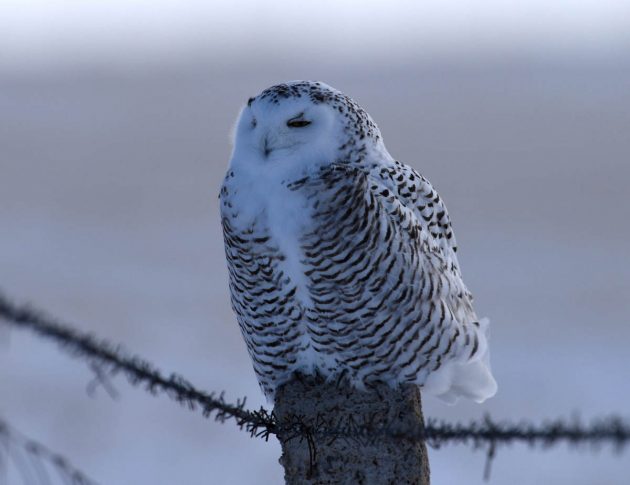
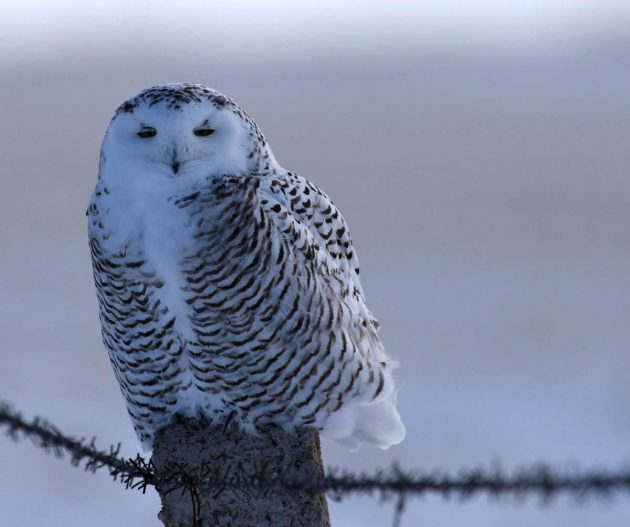
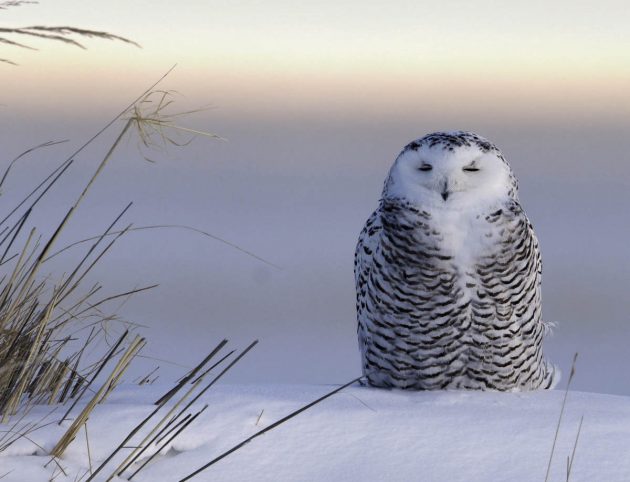
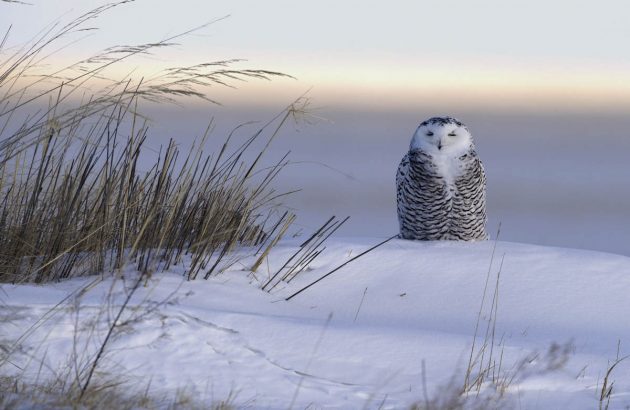
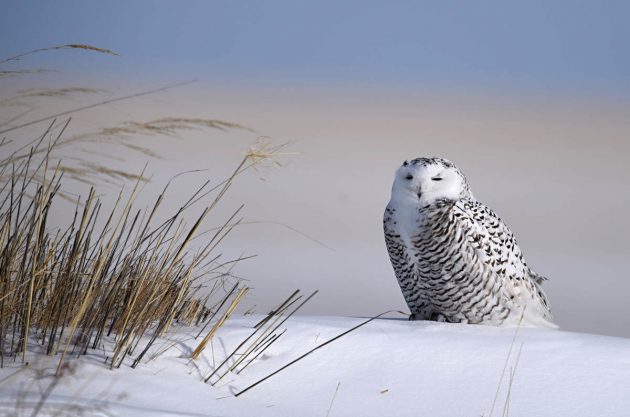
“Don’t call me Hedwig”.





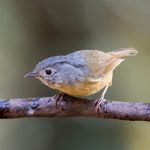





Seriously? These photos were originally black and white? You have much wisdom, and I have much to learn, sensei.
And while I’m writing… Your wife lets you go birding alone for a week at a time, several times each year? You have even more wisdom, sensei.
Beautiful images and you hardly sound anywhere close to running out of ideas for anything.
Beautiful pictures of a week in another lifetime!
So, someone else who grew up with Brothers Grimm! Maybe Struwwelpeter too!?
Paul, perhaps my wife is happy to get rid of me occasionally – if you adapt your behavior in the right direction, you can easily achieve the same … How is that for a bit of negative thinking?
Faraaz, I think I may suffer from a particular German subspecies of Tourette’s syndrome/Coprolalia – the urge to make bad Hitler jokes. It is hard for me to resist as it is such an obvious taboo to break.
Clare, indeed I grew up with all these Grimm figures and am still afraid of going to the hairdressers to this day … My mum was a kindergarten teacher, so all these tales were household figures for me. And I found a lot of them truly frightening – never liked fairy tales at all.
Perhaps you should explain that Inner Mongolia is the province of China and not the central part of the country called Mongolia.
Dragan, sorry, I have been living in China too long (more than 18 years now) to remember explaining that. Inner Mongolia is indeed a province of China and different from Mongolia, a different country which is basically further north of Inner Mongolia.